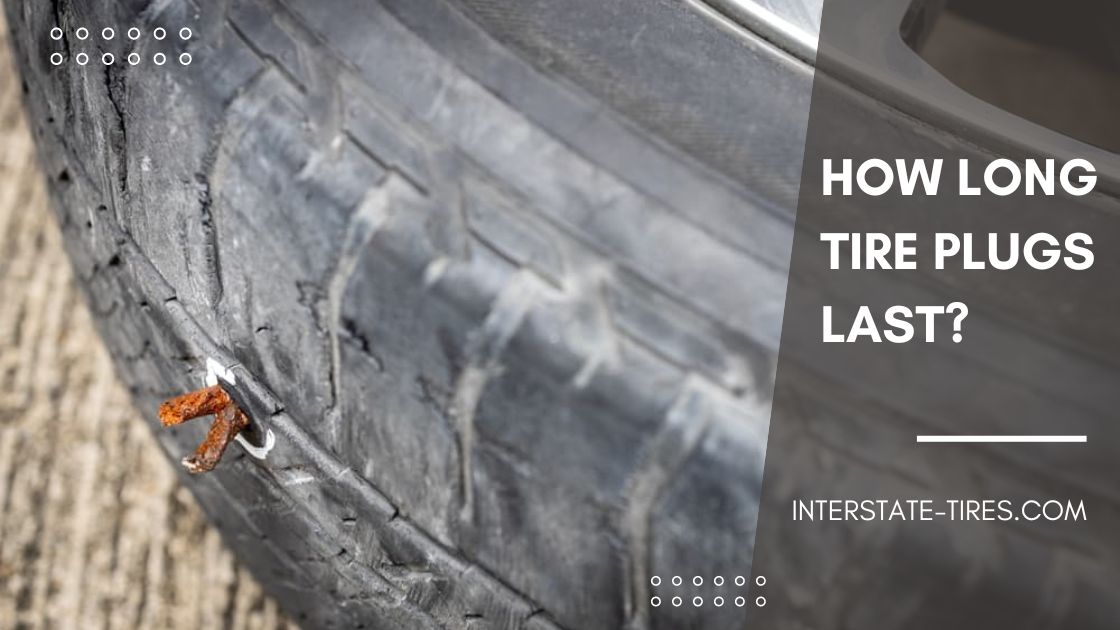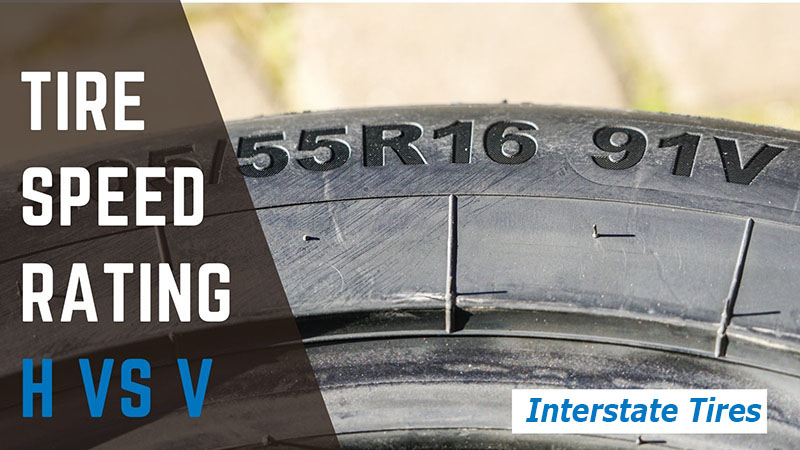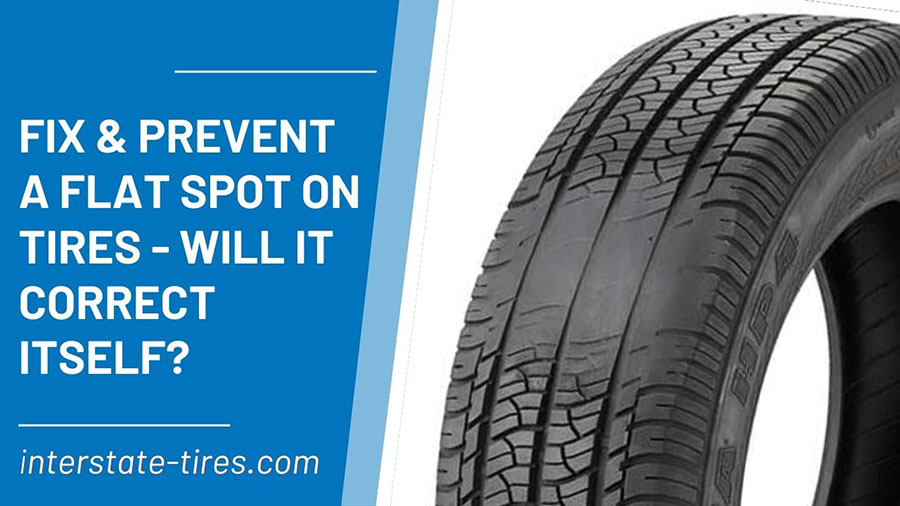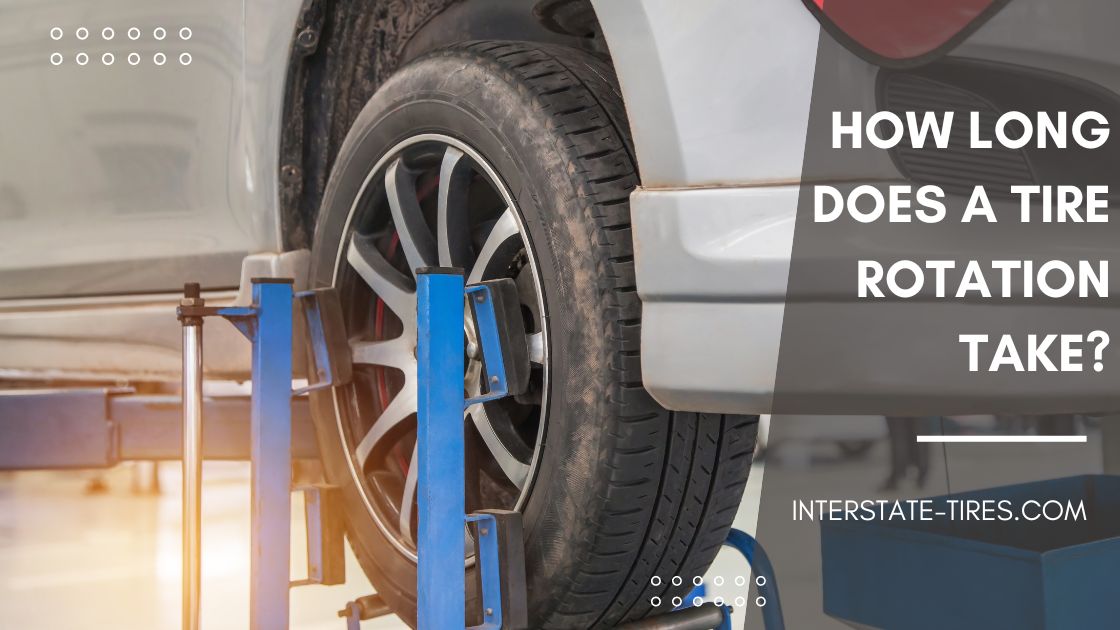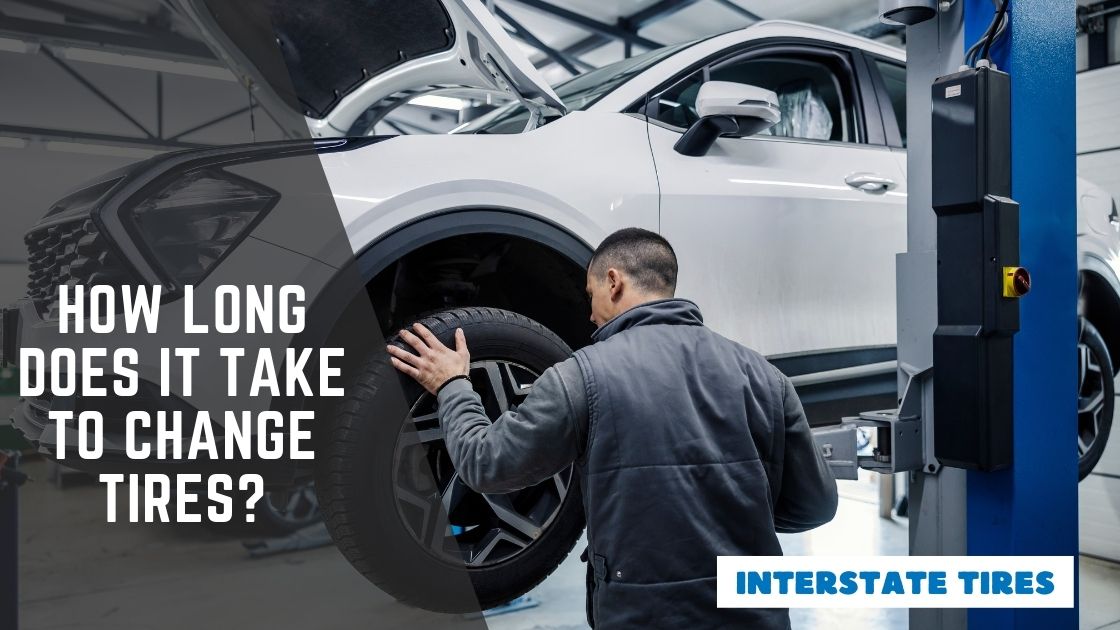Average drivers and even expert technicians use tire plugs (accessible in almost every local store!) to fix air-leaked tires. But will these plugged tires perform as well as expected?
Our team will gladly answer these questions for you. Keep scrolling; surprises await.
Table of Contents
How Long Does A Plugged Tire Last?
Let’s say you have purchased the highest-quality tire plugs and installed them professionally on the tire. In that case, the plugs can easily survive 7-10 years or 25,000 miles in optimal conditions. Of course, do not forget to have them serviced and upgraded by mechanics.
Still, remember that the rough estimation above might change depending on different factors. Plug qualities are one thing; not to mention, whether the installation is correct or not also has a say in the matter.
And do not forget the tire age! Even brand-new plugs cannot last long if your tires are too old – to the point that their grips have completely faded. Under those circumstances, replacing the tires entirely will be your only solution.
Are They Permanent Solutions?
No, they aren’t; you cannot rely on these plugs to stick on forever! As the tire quality diminishes, so will the plug’s adhesive abilities. Not to mention, wrong installation techniques (which are super common, by the way) will blow out the plugs amidst your drive.
Sometimes, people use tire plugs to seal sidewall leakages or punctures. However, constant tire rotations at high speeds might force them to pull out – quite a risky scenario!
Can I Drive Long Distance With A Plugged Tire?
To our surprise, Yes! Safe distances are welcomed even for plugged-tire cars. According to many experienced drivers, you can expect to travel 8 to 30 miles on them without reapplying the plugs or changing tires!
Although plugs are just a temporary solution, they can still support drivers wonderfully on extended mileage – provided that you have applied the right installation technique.
How Fast Can You Go On Plugged Tires?
How about speed limits? Once again, we have good news: high speeds on plugged tires are totally feasible. Some racers even used plugs for most of their race seasons (8-10 hours of tracking time) at 135 MPH and encountered no problems at all!
Plugging versus Patching: When Should You Use Them?
Patches and plugs are the two most common tire fixes, but how to know which is the right one to use? Tune in to our following suggestions:
1. Tire Plug
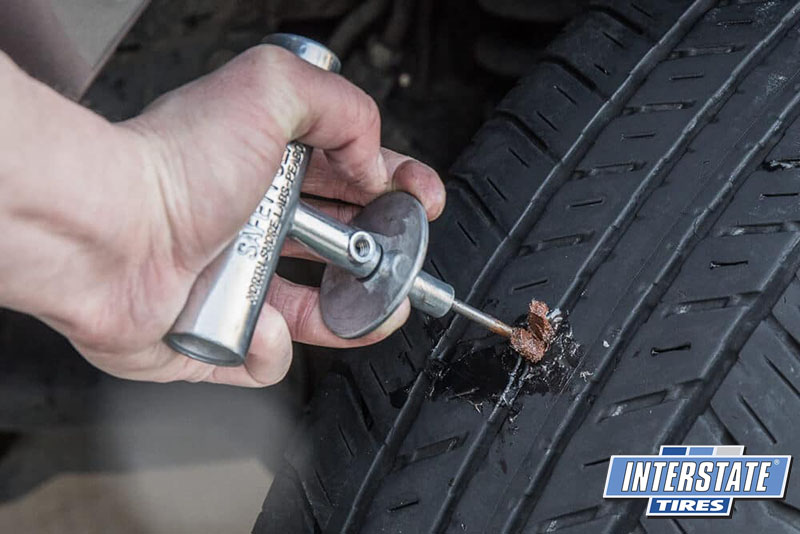
People usually use plugs for small punctures, screws, nails, foreign objects, or tiny holes far from the tires’ sidewalls.
Never use them for:
- Holes too close to the sidewalls
- Holes with irregular shapes
- Too-large holes (beyond 0.25 inches) or too-thick, blunt objects
- Angled nails (instead of nails that pierced straight through)
- Flat tires that have been running for at least one mile. The tire walls have been totally destroyed at that point.
- Tires with bulges or bubbles on the sidewalls’ rubber surfaces
- Tires that currently undergo another repair
- Tires that haven’t been removed from the wheels
- Tires that are almost bald (only 2/32 inch of tire tread left)
2. Tire Patch
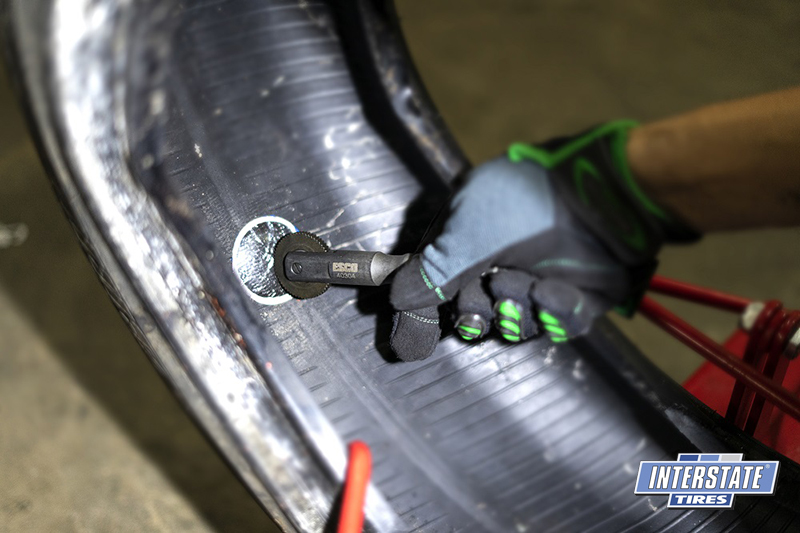
Patches work well with puncture diameters of less than 1/4 inch, holes close to the sidewalls (but not on them), and bent nails. However, patches are not the most effective solution for those looking to fix the sidewalls; in that case, you should just replace the entire tire.
Also, never use patches for:
- Holes on the sidewalls
- Holes whose angles are too strange
- Holes larger than 1/4 inch in diameter
- Damaged tire sidewalls
- Tires with bulges or bubbles on the piece of rubber
- Tires with another patch nearby
- Tires that have other frequent tire issues/puncture holes at play
Extra Note
Patches often require professionals, while emergency tire plugs are simple enough that a DIY option is feasible. Consider your skills to decide which one is affordable.
Can We Drive Safely on Plug Tires?
Not really. Although we DID say that long distances are possible, remember that the risks are more prominent than the benefits!
How so? It’s because the tire hole is still there. While the plugs can fix that temporarily, do not use them as a cue to ignore the tire’s structural failure entirely.
After all, leaky tires can never handle the same strain and stress level as when they were still in great condition, and that’s quite dangerous for highway driving at high speeds.
Over time, the small tire punctures will grow larger and larger, resulting in great air pressure loss! Blowouts or failures are inevitable at that point. And do not get us started on plugs installed wrongly; all the potential issues discussed above may arrive even faster!
How Many Times Can You Plug A Tire?
Can you replug a tire? No. As a rule of thumb, no shops plug a tire more than twice for you. Tires that require that much plugging are clearly suffering from serious problems.
In short, replacing them will be a much better choice.
Conclusion
All relevant aspects of plugged tires are discussed in this article. While the benefits are numerous, some potential downsides and risks also make people feel wary. So if possible, we strongly suggest installing brand-new tires at trusted tire shops, as the tire plug will fall out soon
See more: Can You Replace Just One Tire?

